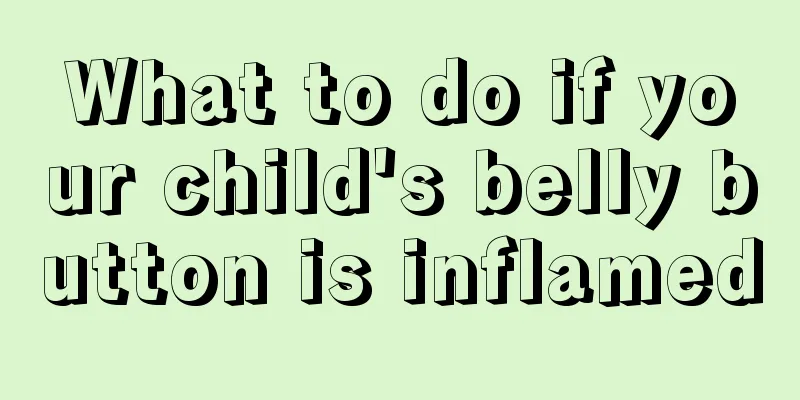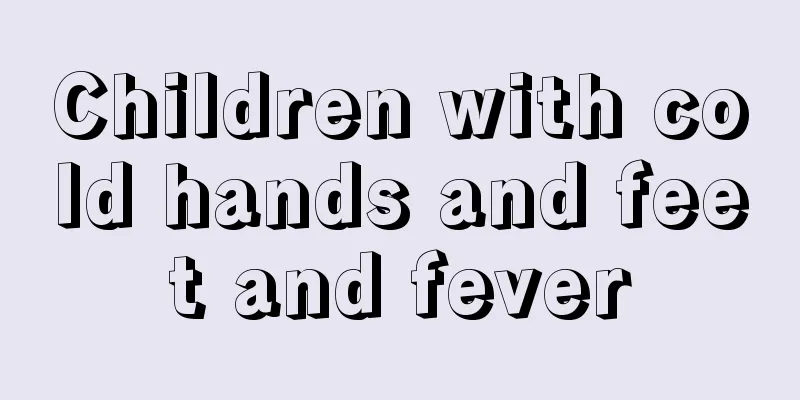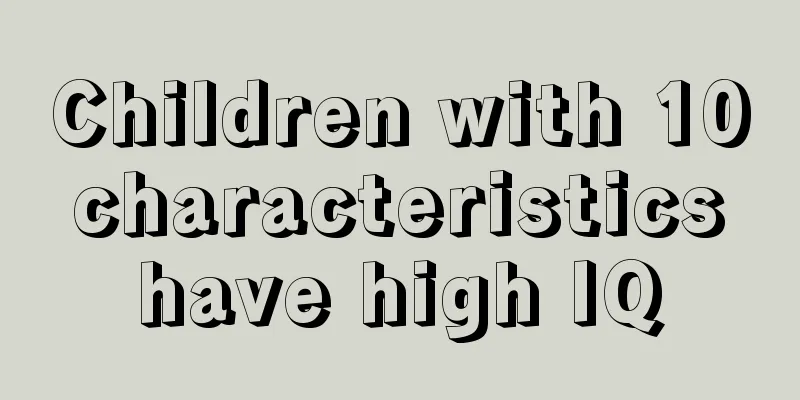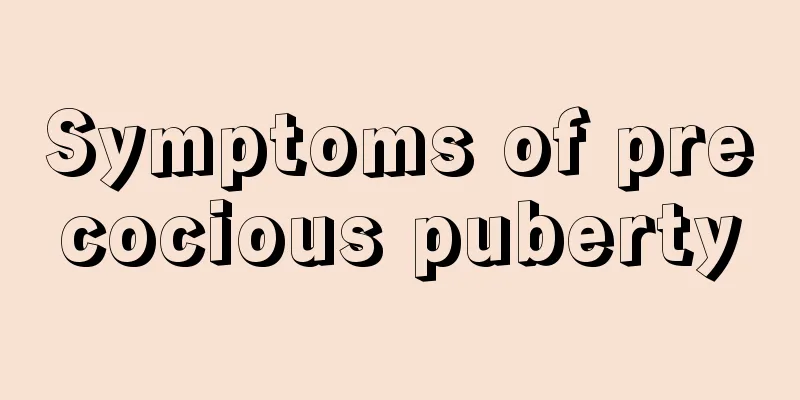What to do if your child's belly button is inflamed

|
Many mothers feel that it is not easy for them to be pregnant for ten months, so they take good care of their own children. The purpose is our maternal care and we want our babies to grow up healthily. However, some things will always happen in the process of growth. What should we do if our children have an inflammation of the belly button? Have you ever thought about this? Let us introduce it to you below! What to do if your child's belly button is inflamed After the fetus is born, the umbilical cord is tied and cut, leaving a bluish-white stump. After a few hours, the stump turns brown-white. Then it gradually dries up, becomes thinner, and turns black. The umbilical stump usually falls off within 3 to 7 days after birth. When the umbilical cord first falls off, the wound surface is red and slightly moist, and it heals completely after a few days. Later, due to the contraction of the umbilical blood vessels inside the body, the skin is pulled and sunken to form the umbilical pit, commonly known as the "belly button". Generally, the gauze bandage should be opened and no longer bandaged 24 hours after the baby is born to promote the drying and falling of the umbilical cord stump. When handling the umbilical cord, wash your hands, pinch the umbilical cord, lift it gently, and use a 75% disinfectant alcohol cotton swab to disinfect the base of the umbilical cord. Wipe off all secretions and blood. Do this 1 to 2 times a day to keep the base of the umbilical cord clean. At the same time, diapers must be changed frequently to prevent urine and feces from contaminating the navel. If you find purulent secretions at the base of the navel and the navel is locally red, it means that you have omphalitis and you should go to the hospital for treatment. Small belly button, big problem Omphalitis The umbilical depression is very prone to water and dirt accumulation, and the humid and warm environment provides opportunities for the growth and reproduction of bacteria. In mild cases of omphalitis, the navel will exude fluid or have turbid purulent secretions; in severe cases, bacteria will enter the blood circulation and cause sepsis. For mild omphalitis, apply 2% gentian violet solution topically and keep the navel dry; if there is purulent secretion, use antibiotics for treatment. Severe cases should be treated in hospital. Okay, the above is some basic description of what to do if a child’s belly button is inflamed. After reading it, do you feel that raising a child is particularly difficult? We should not underestimate the belly button. In fact, if we are not careful with the belly button, it will cause a series of symptoms such as stomach pain and inflammation. Are we wondering whether it was particularly difficult for our mothers to raise us? |
<<: What are the dangers of insufficient sleep for teenagers?
>>: What to do if your child has a stomachache and fever
Recommend
Treatment of measles
Measles is a common skin disease in children. In ...
The child has an abscess on his gums
Dental health has always been a concern for paren...
What is the easiest way to treat baby drooling?
It is a very common phenomenon for babies to droo...
How to treat children with ADHD?
ADHD is a common childhood disease, and patients ...
What to do if your baby has a rash after having a fever
Many parents have found that their babies develop...
When does a child no longer need diapers?
Children’s body functions are not yet perfect dur...
Red pimples on baby's face
The skin of babies is very delicate. Many parents...
What to do if your two-year-old baby has a runny nose
It is very important for the baby to be healthy w...
What should I do if my child grows too fast?
For a long time, parents hope that their children...
Autistic children go to school
In fact, children with autism will encounter very...
Is encephalitis serious in children?
Meningitis is a very serious disease in children,...
What's going on when a child has a fever, a hot head, and cold hands and feet?
Children are very likely to be affected by diseas...
What causes rapid breathing and heavy gasping in babies?
Rapid breathing and heavy gasping are problems th...
Can a two-year-old child eat donkey-hide gelatin?
Parents of today's children are always worrie...
How many months does a newborn need to add complementary food?
The birth of a new life brings joy to the family,...









